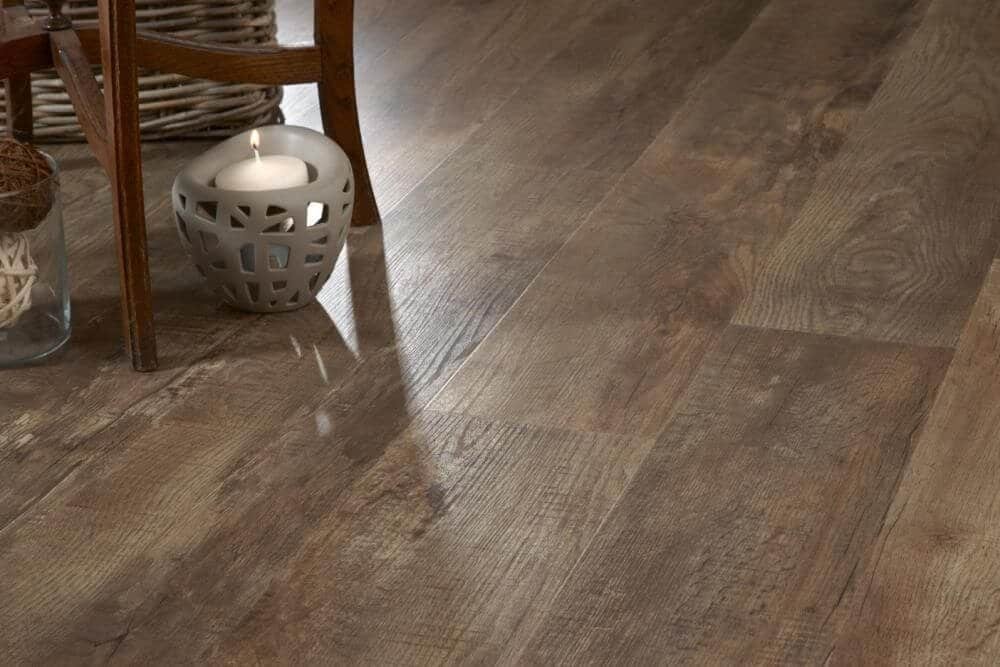In a world where environmental consciousness is paramount, the selection of building materials plays a pivotal role in the construction industry. Building with sustainability in mind isn’t just a trend; it’s a necessity. In this article, we will delve into the realm of sustainable building materials, exploring their significance and the factors that govern their selection.
The Importance of Sustainable Building Materials
The concept of sustainability isn’t confined to individual choices but extends to the very materials used in construction. Sustainable building materials have the power to mitigate environmental impact, promote longevity, and reduce energy consumption in the long run. In an era marked by climate change and resource depletion, choosing sustainable materials is a responsible step toward a brighter future.
Section 1: Understanding Sustainable Building Materials
What Are Sustainable Building Materials?
Sustainable building materials are those that are responsibly sourced, produced, and utilized with minimal impact on the environment. These materials are chosen for their ability to reduce energy consumption, lower carbon emissions, and promote ecological balance. From renewable wood to recycled metals, they come in various forms.
Benefits of Using Sustainable Materials
The advantages of opting for sustainable materials are far-reaching. They contribute to a reduced carbon footprint, improved indoor air quality, and a healthier living environment. Sustainability doesn’t merely benefit the environment; it also ensures long-term cost savings, making it a win-win proposition for both builders and occupants.
Types of Sustainable Building Materials
Sustainable building materials encompass a wide range of options. From natural choices like wood to innovative solutions like sustainable concrete and eco-friendly insulation, the variety available allows builders to cater to specific project needs while adhering to sustainability goals.
Section 2: Factors to Consider
Environmental Impact Assessment
Before selecting materials, it’s crucial to assess their environmental impact. Life cycle assessments help determine the energy and resources required for production, transportation, and disposal. Sustainable choices should minimize these impacts.

Durability and Longevity
One of the core principles of sustainability is durability. Materials that stand the test of time reduce the need for replacements, ultimately saving resources and reducing waste. Durable materials can also withstand harsh environmental conditions, ensuring longevity.
Energy Efficiency
Energy-efficient materials contribute to reduced operational costs by enhancing insulation, reducing heating and cooling requirements, and promoting a comfortable indoor climate. They play a vital role in sustainable construction.
Local Sourcing
Sourcing materials locally minimizes transportation emissions and supports local economies. It’s an essential factor in sustainable building, as it reduces the carbon footprint associated with long-distance shipping.
Recyclability and Reusability
Materials that can be recycled or repurposed at the end of their lifecycle are highly sustainable. They divert waste from landfills and conserve resources by enabling multiple uses.
Section 3: Wood-Based Sustainable Materials
Benefits of Using Wood
Wood is a renewable resource with exceptional insulation properties. Its use promotes sustainable forestry practices and supports carbon sequestration, making it an eco-friendly choice.
Types of Sustainable Wood
Various types of sustainable wood, such as FSC-certified and reclaimed wood, offer alternatives to traditional lumber, ensuring responsible sourcing and minimal environmental impact.
Certification and Labels
Certification programs like the Forest Stewardship Council (FSC) provide assurance that wood products meet stringent sustainability criteria, helping builders make informed choices.
Section 4: Alternative Sustainable Materials

Bamboo
Bamboo is a rapidly renewable resource known for its strength and versatility. It’s an excellent choice for flooring, furniture, and even structural elements in sustainable construction.
Cork
Cork, harvested from cork oak trees, is a lightweight and resilient material. Its sustainability lies in the fact that it regenerates after harvesting without harming the trees.
Recycled Metal
Using recycled metals, such as aluminum and steel, conserves energy and reduces the need for mining and refining raw materials.
Sustainable Concrete
Innovative approaches to concrete production, such as incorporating fly ash or slag, reduce its environmental impact while maintaining structural integrity.
Earth-Friendly Insulation
Materials like recycled denim, wool, and cellulose provide effective insulation while minimizing chemical additives and environmental impact.
Section 5: Sustainable Materials for Different Construction Phases
Foundations and Framing
Selecting sustainable materials for foundations and framing is crucial to ensure the structural integrity and long-term stability of a building.

Roofing and Siding
Roofing and siding materials that enhance energy efficiency, such as cool roofs and insulated siding, contribute to a sustainable building envelope.
Flooring and Interior Finishes
Eco-friendly flooring options, such as bamboo, cork, and reclaimed wood, create a sustainable and visually appealing interior.
Insulation and HVAC Systems
Efficient insulation materials and HVAC systems are essential for maintaining thermal comfort while minimizing energy consumption.
Section 6: Case Studies
Sustainable Building Projects Using Innovative Materials
Explore real-world examples of construction projects that have successfully incorporated innovative sustainable materials, showcasing the possibilities and benefits of such choices.
Section 7: Tips for Choosing Sustainable Building Materials
Setting Priorities
Establish clear sustainability goals for your project to prioritize materials that align with your environmental objectives.
Budget Considerations
While sustainable materials may have a higher upfront cost, consider the long-term savings and benefits they offer in terms of energy efficiency and durability.
Working with Contractors and Suppliers
Collaboration with contractors and suppliers knowledgeable about sustainable materials is essential for a successful project.
Section 8: Challenges and Misconceptions
Common Myths About Sustainable Materials
I am debunking common misconceptions about sustainable materials, from perceived costs to limited options, to make informed decisions.
Overcoming Obstacles
We are addressing challenges like procurement difficulties and lack of awareness to ensure a smooth transition to sustainable construction practices.
Section 9: Future Trends in Sustainable Building Materials
Emerging Technologies and Materials
Explore the latest innovations in sustainable building materials, from self-healing concrete to advanced insulation materials.
The Role of Green Building Certifications
Discover how green building certifications like LEED and BREEAM are shaping the future of sustainable construction, setting new standards, and driving industry change.
Conclusion
Making Informed Choices for a Sustainable Future
The journey to sustainable construction begins with a conscious choice of building materials. By understanding their importance, considering essential factors, and embracing innovative alternatives, builders can significantly impact the environment while creating structures that stand the test of time. Choose sustainable building materials today for a greener, more sustainable tomorrow.




